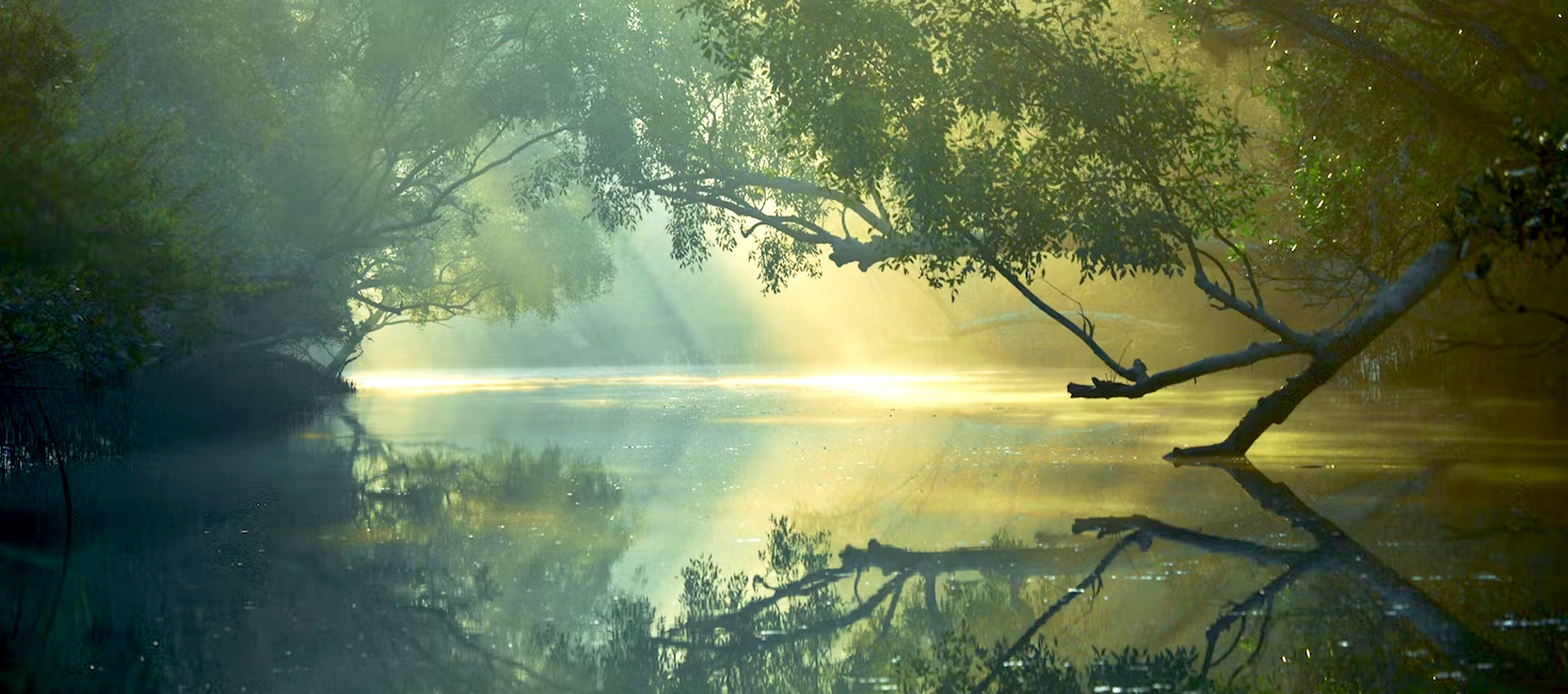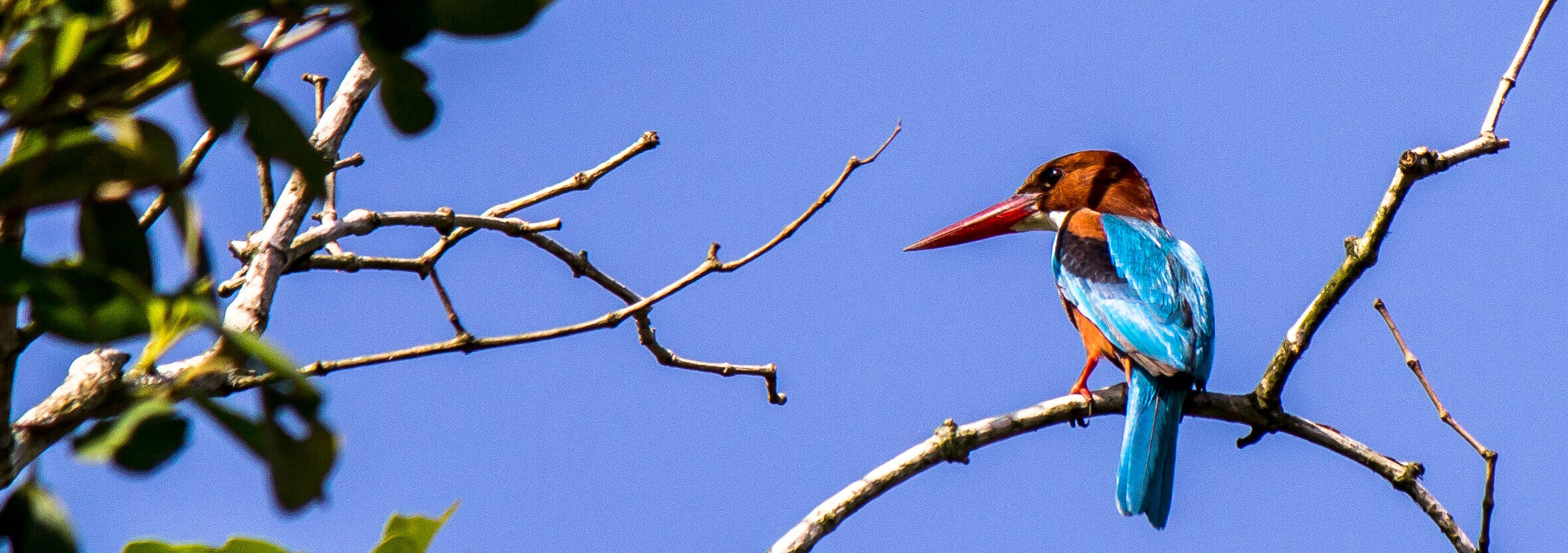On the Ganges, the Brahmaputra, and Meghna river deltas in the Bay of Bengal is one of the world’s largest mangrove forests, the Sundarbans (140,000 acres).
It is close to the Sundarbans World Heritage Site in India, which was inscribed in 1987.
The location, which is a superb illustration of continuing natural processes, is intersected by a complicated network of tidal canals, mudflats, and tiny islands of salt-tolerant mangrove forests.
260 different bird species, the man-eating Royal Bengal tiger, and other endangered animals like the estuarine crocodile and the Indian python are just a few of the many species of fauna that make this area famous.
Eighty kilometers of the Bay of Bengal’s sandy beaches are connected by the Sundarbans. The overwhelming stillness of the forest fills the heart with peace and creates a tranquil atmosphere that helps people escape the busyness of everyday life. The wildlife in the Sundarbans is stunning. The sounds of water, wind, birds, and animals are the only sounds you can hear in the forest. The Sundarbans full moon is a mystery. A spectacular dinner under a full moon takes place in the woodland.





